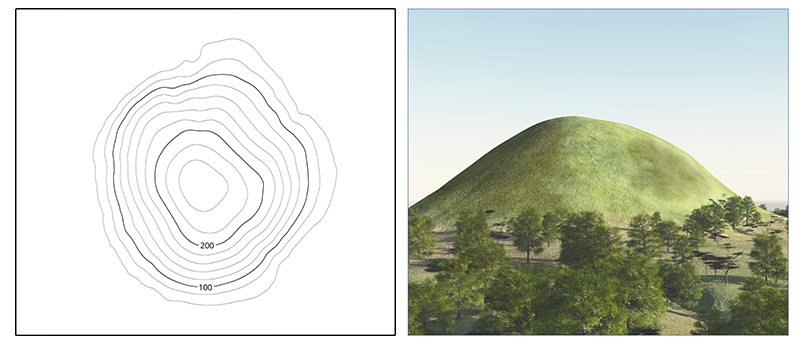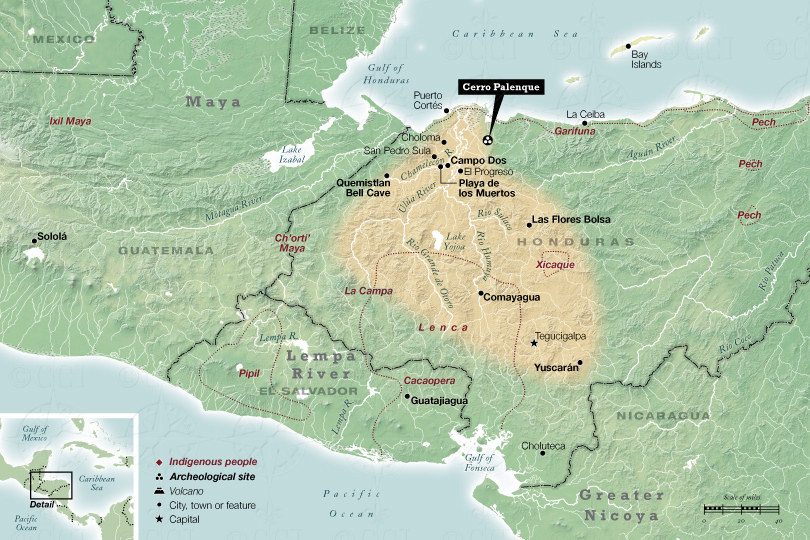Map Of Top Hill
When it comes to exploring the great outdoors, one of the most important skills you can have is the ability to read a map. Maps are essential tools for any bushwalker, hiker, or adventurer, as they help you navigate through unfamiliar terrain and reach your intended destination. However, interpreting map features can be a daunting task, especially if you're new to hiking or bushwalking.

To help you make sense of the map features you'll encounter on your next adventure, here are some tips to keep in mind:
1. Contours
Contours are lines on a map that indicate the elevation of the land. They help you understand the shape of the terrain and can be used to spot potential hazards, such as steep slopes or cliffs. Contours are typically shown in brown on topographic maps, and the closer together they are, the steeper the terrain.
2. Symbols
Maps use symbols to represent natural and man-made features, such as rivers, roads, buildings, and vegetation. It's important to familiarize yourself with these symbols before setting out on your adventure, as they can help you identify points of interest and navigate your way through the landscape. Take some time to study the legend of your map and make sure you understand what each symbol represents.
3. Scale
The scale of a map tells you how much the real world has been reduced to fit onto the map. For example, a 1:50,000 scale means that every centimeter on the map represents 50,000 centimeters in the real world. Understanding the scale of your map is important for estimating distances and planning your route.
4. Orientation
Orienting your map means aligning it with the terrain around you, so that the map's north is facing the same direction as true north. This helps you get your bearings and navigate more accurately. There are various techniques for orienting a map, such as using a compass or landmarks.
5. Grid references
Grid references are a way of pinpointing your location on a map, using a grid system of letters and numbers. They are useful for communicating your location to others or for finding your way back to a specific point. Make sure you know how to read and use grid references before heading out on your adventure.
6. Magnetic declination
Magnetic declination is the difference between true north and magnetic north. This can vary depending on your location and will affect the accuracy of your compass readings. Make sure you know the declination for your area and adjust your compass accordingly.
7. Route planning
Planning your route in advance is essential for a safe and enjoyable adventure. Use your map to identify potential hazards, such as steep slopes or water crossings, and plan alternative routes if necessary. Make sure you have enough information about the terrain and weather conditions, and always carry a backup map and compass in case of emergencies.
8. Navigation skills
Finally, it's important to develop your navigation skills through practice and training. Joining a bushwalking club or taking a navigation course can help you learn the essential skills and techniques for navigating through different terrains and conditions.
Demographics and Culture
Coming Soon.
Tourist Destinations
Coming Soon.
Shopping and Culinary
Coming Soon.
Tips
Coming Soon.
FAQ
Coming Soon.


